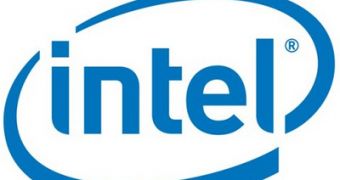Back when CPUs were first developed, their makers weren't exactly amenable to the idea of making it easy to overclock them. Nevertheless, they eventually caved in before the unrelenting consumer demand for unlocked processors. The chip makers even came up with special product lines specifically aimed at this kind of users. Now, however, it appears that Intel may be considering the option of no longer offering mainstream users as many overclocking-friendly CPUs.
Apparently, the Sandy Bridge series of central processing units won't all be fully unlocked. In fact, only the high-end Sandy Bridge E parts will be 'fully' overclockable, leaving the other to be only 'partially' unlocked. The latter will allow the manufacturer to choose the maximum ratios above the so-called Turbo-speed. This will allow the chip to automatically change frequencies via Turbo Boost for all four cores. As for the former, they will be overclocked by changing the multiplier.
The reason behind this decision is Intel's plan to simplify the design of some microprocessors. As such, it will integrate the base clock speed generator directly into the Cougar Point core-logic. This will only set one base speed and will multiply it automatically depending on standard settings of such busses as DMI, Serial ATA, USB. PCI Express etc. These restrictions will practically encourage oveclockers to use more expensive Sandy Bridge E/Patsburg platforms and will also let motherboard makers charge more for P67 chipset platforms.
There is, of course, another side to this move. The 'partially' unlocked status will make sure that the Intel 6-series and P-family of platforms don't have overclocking capabilities physically available. Finally, in order to become more competitive, manufacturers of mainbaords will have to expand the feature set of their Q67, Q65, B65 and H61 products, among others. What remains to be seen is how much more intense the competition will become once the CPUs and chipsets actually show up.

 14 DAY TRIAL //
14 DAY TRIAL //